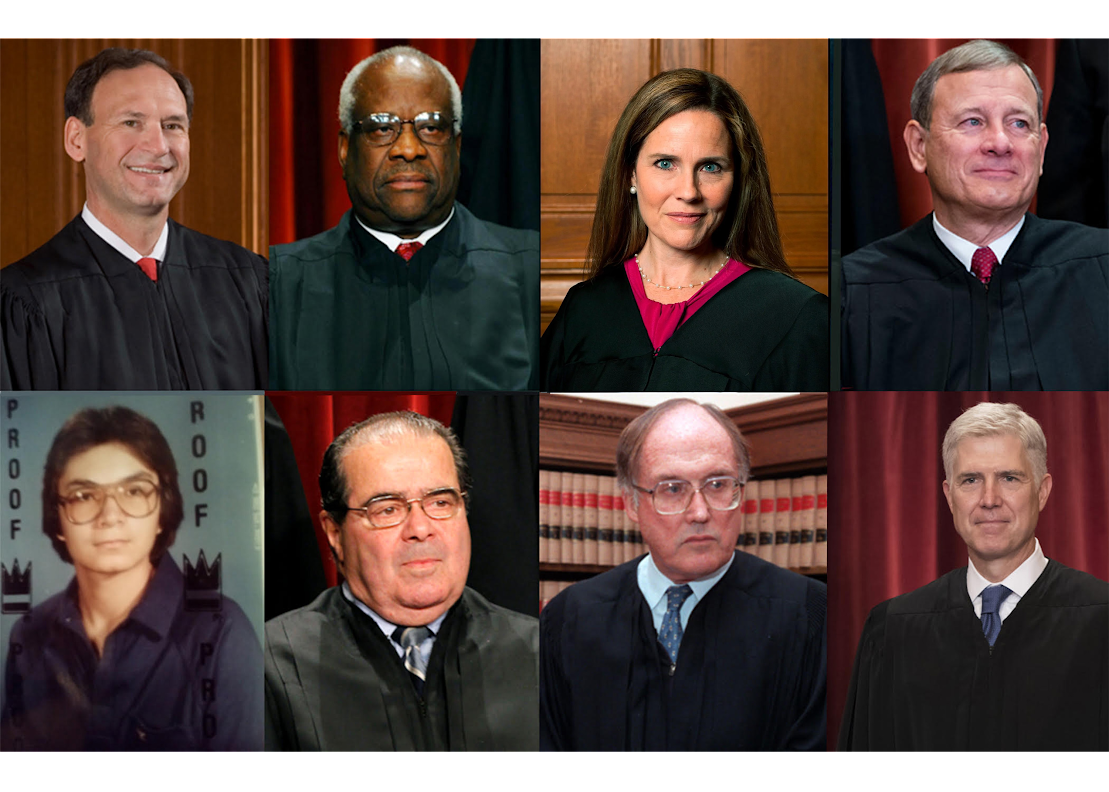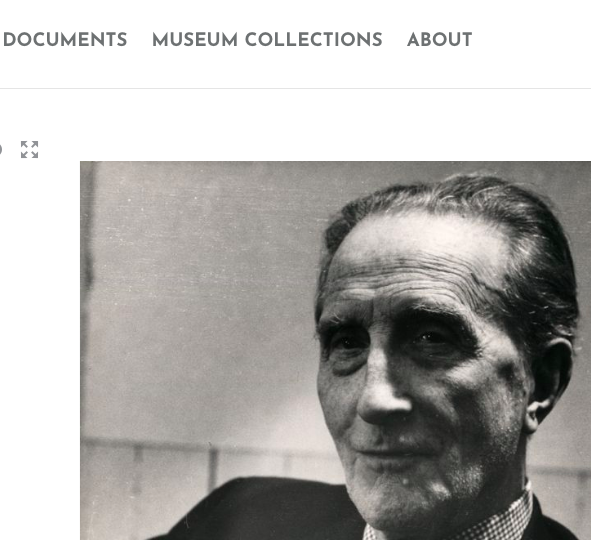
Well, the exact quote is, “[I]nnovation can thrive under a wide variety of conditions — from cutthroat competition all the way to very strong IP — depending on the particular logic of innovation in an industry.” [italics in original quote]
This is probably the smartest article I have read recently on copyright and creativity (and also perhaps because in all honesty it mirrors an argument I have made before (note in particular the second paragraph)). Kal Raustiala, a professor at UCLA Law School and the UCLA International Institute, and Chris Sprigman, a professor at the University of Virginia Law School, are guest blogging for the “paper of record,” and via a unique analysis of copyright and football (yes, pigskin Texas Longhorn football), they explain why intellectual property rights–specifically copyright–cannot be applied equally across all disciplines and industries, including the presumption that free culture is necessarily good in all realms of creative activity.
Football and pharmaceuticals are as different as music is from poetry, or computer software from architecture, or academic research from motion pictures. All of these are creative endeavors, all of them involve innovation, but the ways in which these creators innovate, and the legal rules that best fit innovation in these fields, are all very different. Our copyright and patent laws treat all the industries they reach virtually the same. Yet all innovation cultures are different.
One could not agree more. Check out Raustiala and Sprigman’s article here. Hook ’em!
September 14th, 2010 by Sergio Muñoz Sarmiento in
Art Law

Batman no. 163 (May 1964). Personal collection of Mark S. Zaid, Esq.
It’s not just for kids, kids. The Yale Law Library has on view what seems to be a very interesting exhibition, “Superheroes in Court! Lawyers, Law and Comic Books.” The exhibition was curated by a Washington, DC attorney, Mark Zaid, and will be on display from Sept. 4, 2010 through Dec. 16, 2010 in the Rare Book Exhibition Gallery of the Lillian Goldman Law Library at Yale Law School.
From their website:
Comic books have been around in modern form now for nearly 80 years and throughout their existence the influence of lawyers, laws and courts has been significant in the development and continuation of the industry. While oftentimes operating behind the scenes, whether as characters in comic book stories or in reality helping craft decisions that lead to the rise or fall of publishing companies, lawyers have repeatedly been recognized as part of this community, as seen in these varied examples of court-room covers published during the 1940s – 1970s.
September 13th, 2010 by Sergio Muñoz Sarmiento in
Free Speech
Ah, conservative DC. Washington, DC that is. I remember art school fondly, and how every semester there was a “daring” undergrad who figured out that one quick way to get attention was to get, well, you know, naked.
A DC artist has just figured that out, and somehow that drew the attention of the DC cops.
The gallery in the Trinidad neighborhood of Northeast Washington invited art lovers to see three solo exhibits. In the large front room was “Infinity,” a “conceptual installation” by D.C.-based artist John Kirchner. The artist stripped a 1955 Chris-Craft motorboat, flipped it upside down and (just for opening night) asked three performers to sit, stand and pose pensively on the hull. Without, you know, clothes.
Don’t worry. No arrests and no disturbances. Via The Washington Post.
September 13th, 2010 by Sergio Muñoz Sarmiento in
Copyright
Really? So says BU’s The Quad. Fashion copying is flattering, increases demand, is democratic, and does not impinge on high couture’s demographics.
Surprisingly, a lot of opposition for copyright protection for the fashion industry has come from the within the industry itself, [and] even though some within the industry are adamant that copyright is needed and deserved, the majority vote is that copyright in fashion would do more harm than good. The statistics show that the current business model works. So why fix what isn’t broken?
I wonder: who is this “majority vote”?
September 11th, 2010 by Sergio Muñoz Sarmiento in
Art Law
A unique art show is under way at a small Tokyo gallery displaying 40 paintings by 26 prisoners, including current and executed death row inmates. I’m sure the work is good, but flowers behind bars, fish, and snowy landscapes don’t exactly make me want to run out to Tokyo and view the exhibition.
Via Japan Times.
September 10th, 2010 by Sergio Muñoz Sarmiento in
Art Law
Check out the BBC video! I got to see the Jeff Koons show there. Wouldn’t mind seeing this one.
Remember this case, Johnny Anderson vs. City of Hermosa Beach, concerning a city ordinance that banned tattoo parlors within the City of Hermosa Beach? The crux of the City’s argument was that a tattoo artist was merely a “tool,” a “medium” of sorts, for the expression of a client’s chosen design.
Well, the Ninth Circuit Court of Appeals, showing a rare glimpse of reason, has struck down the anti-tattoo parlor law from the City of Hermosa Beach. The Ninth Circuit stated that the US Constitution protects “collaborative creative processes” like newspaper reporting, which is assigned and reviewed by editors, or tattooing. The Court added, “Tattooing is a process like writing words down or drawing a picture, except that it is performed on a person’s skin.”
The lawyer for the tattoo artist, Robert Moest, told the LA Times that the ruling “will overturn similar ordinances in many small cities in Los Angeles County. Local governments could still pass zoning restrictions and charge license fees to fund health inspections of tattoo parlors, which generally operate safely and have a financial incentive to do so.”
The three Ninth Circuit judges presiding over this appeal were John T. Noonan, Richard R. Clifton and Jay S. Bybee. More from the LA Times here. You can also view the Ninth Circuit’s unanimous ruling here.









